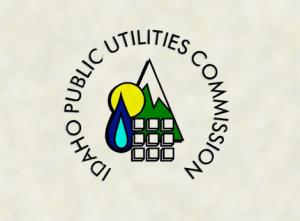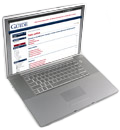Rate Case Roundup: Idaho

On reconsideration, the Idaho Public Utilities Commission approved a proposed settlement under which a natural gas local distribution company (LDC), Intermountain Gas Company, was granted a rate increase of $1.2 million over and above the increase of $4.12 million that it had received in April. The combined total means that the LDC's revenue requirement still will rise by only a little more than half of the $10.2 million increase it had sought.
In the underlying proceeding, the company had asked for authority to raise its rates by an average of 4.06%, citing the fact that it had been more than three decades since its last base rate increase, during which time its customer base had increased dramatically and it had invested substantial sums in its plant in service. Intermountain Gas also proposed a major redesign of its rate structure, in tacit admission that its existing schedules were complicated and difficult for ratepayers to understand. On that point, the commission had agreed, but it nevertheless found fault with certain of the LDC's cost studies, leading the commission to sign off on only a small portion of the company's rate request.
In particular, the commission had taken issue with the manner in which the LDC had used weather data in projecting future consumption by its various customer classes. The commission opted to rely on a different weather normalization model instead, the results of which it said lowered the LDC's revenue requirement by about $2 million. But Intermountain Gas contested the commission's findings, alleging that the commission's analysis had been flawed.
More specifically, the company contended that the commission had overestimated the LDC's revenue. It therefore asked the commission to review the matter again, a move that ultimately led to settlement discussions.
The negotiating parties came to a consensus that the company was entitled to a higher level of revenues. A key term of the new rate agreement was that in future rate cases, the LDC should premise its weather-normalized gas usage on actual test-year data rather than on a forecasted basis. Interestingly, however, the parties did not set forth any specific weather normalization method to be used in future rate cases, although they indicated a mutual intention to continue to meet to arrive at a modeling methodology before the LDC's next rate case.
The commission deemed the proposed settlement to be a marked improvement on the issue of weather normalization when compared to the company's original filing. The commission reiterated that the weather normalization aspects of the LDC's initial application had been both unacceptably opaque and too highly technical. However, the commission said, it views the new provisions as reasonable, appropriate, and more likely to yield consistently fair rates in the future.
The stipulation does not change the ROE of 9.5% the commission had consented to in its first rate order for the LDC. Re Intermountain Gas Co., Case No. INT-G-16-02, Order No. 33879, Sept. 14, 2017 (Idaho P.U.C.).



